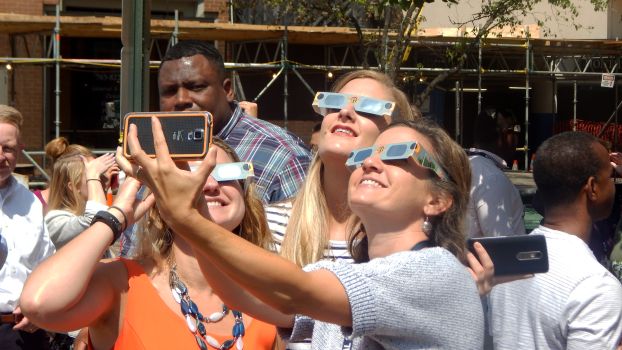2024 total eclipse on April 8: A celestial spectacle
Mark your calendars. A celestial spectacle awaits on April 8, 2024, as a solar eclipse graces the skies. This event offers a rare opportunity to witness the moon briefly obscure the sun, casting a shadow over the planet. As the world marvels at this natural phenomenon, people are reminded of the awe-inspiring wonders of the universe. Scientists and enthusiasts alike eagerly await this event, seeking to study and appreciate the intricate dance of cosmic elements.
In the spirit of exploration and understanding, the U.S. National Science Foundation supports many initiatives, including research that explores astronomy and space, and projects such as the NSF Research Traineeship (NRT) Establishing Multimessenger astronomy Inclusive Training program at Vanderbilt University, which brings together astronomy, engineering, mathematics and data science to establish transdisciplinary work that centers around diversity and inclusion and artificial intelligence; and the NRT Data enabled predictive Multiscale Modeling across STEM program at Michigan State University, which seeks to harness the data revolution to enable predictive multiscale modeling across STEM by involving students across multiple disciplines, including astronomy.

Credit: Rob Margetta, NSF
